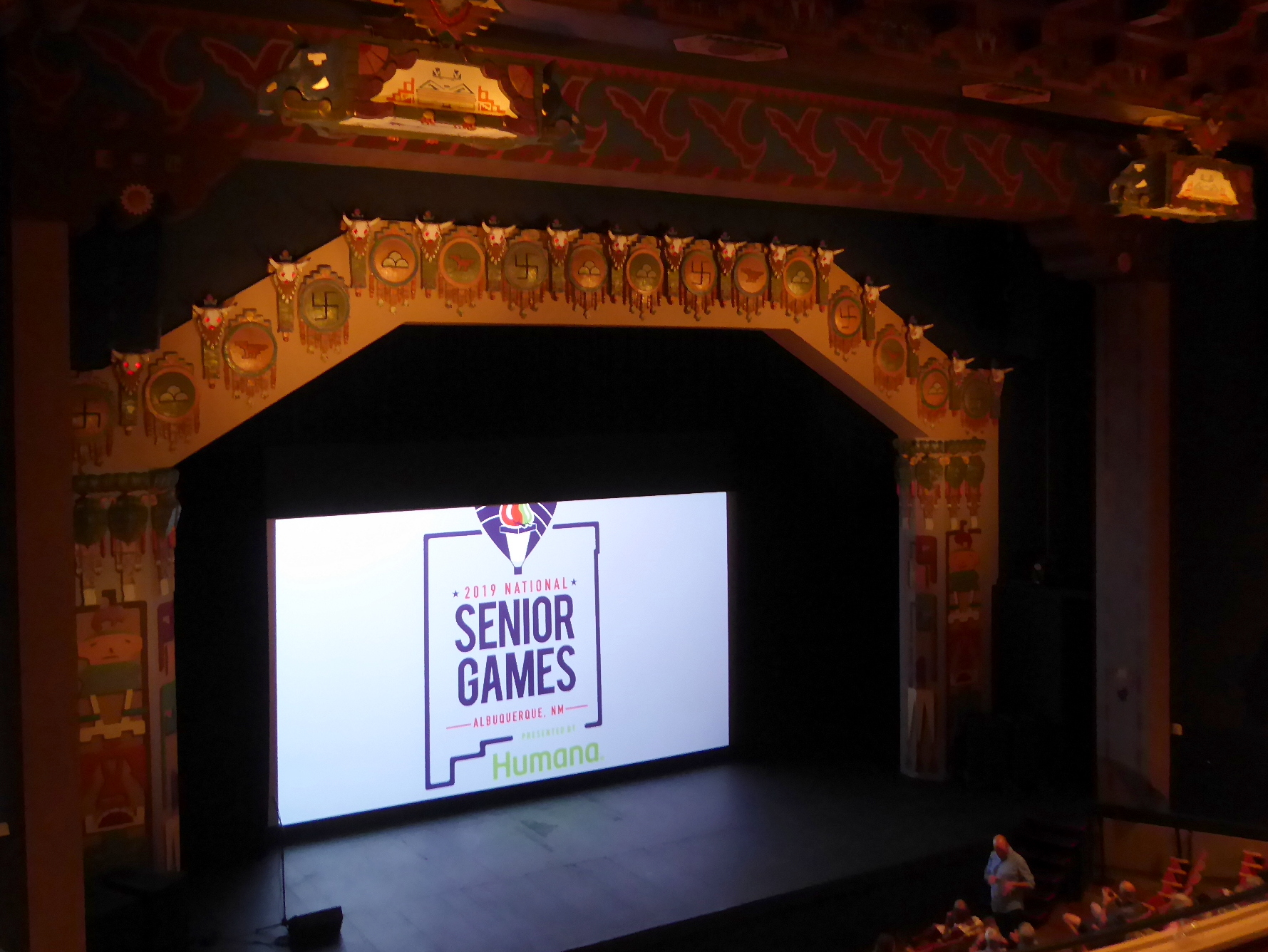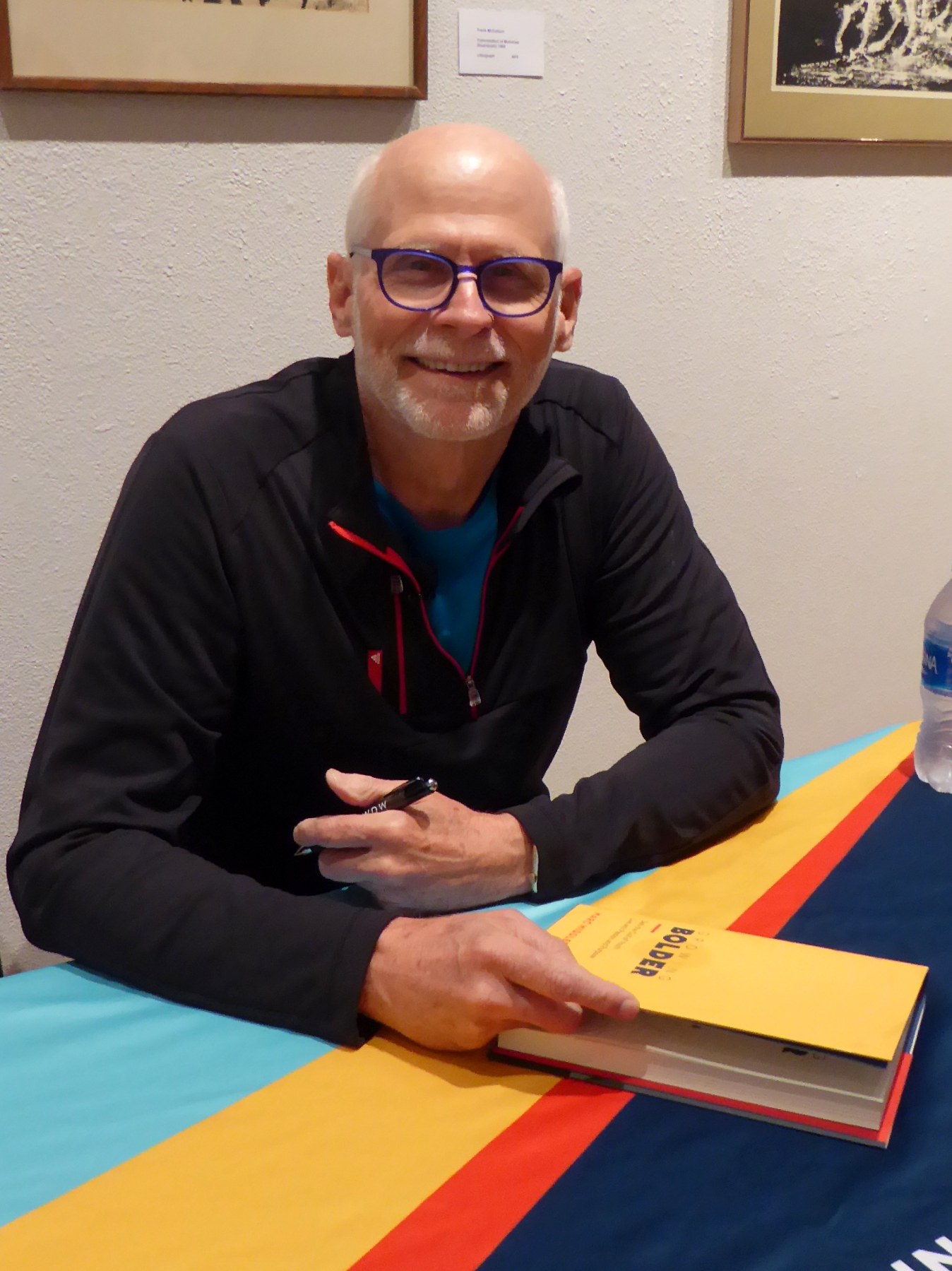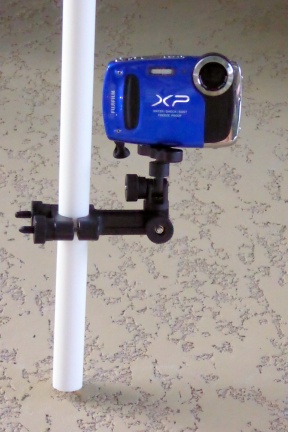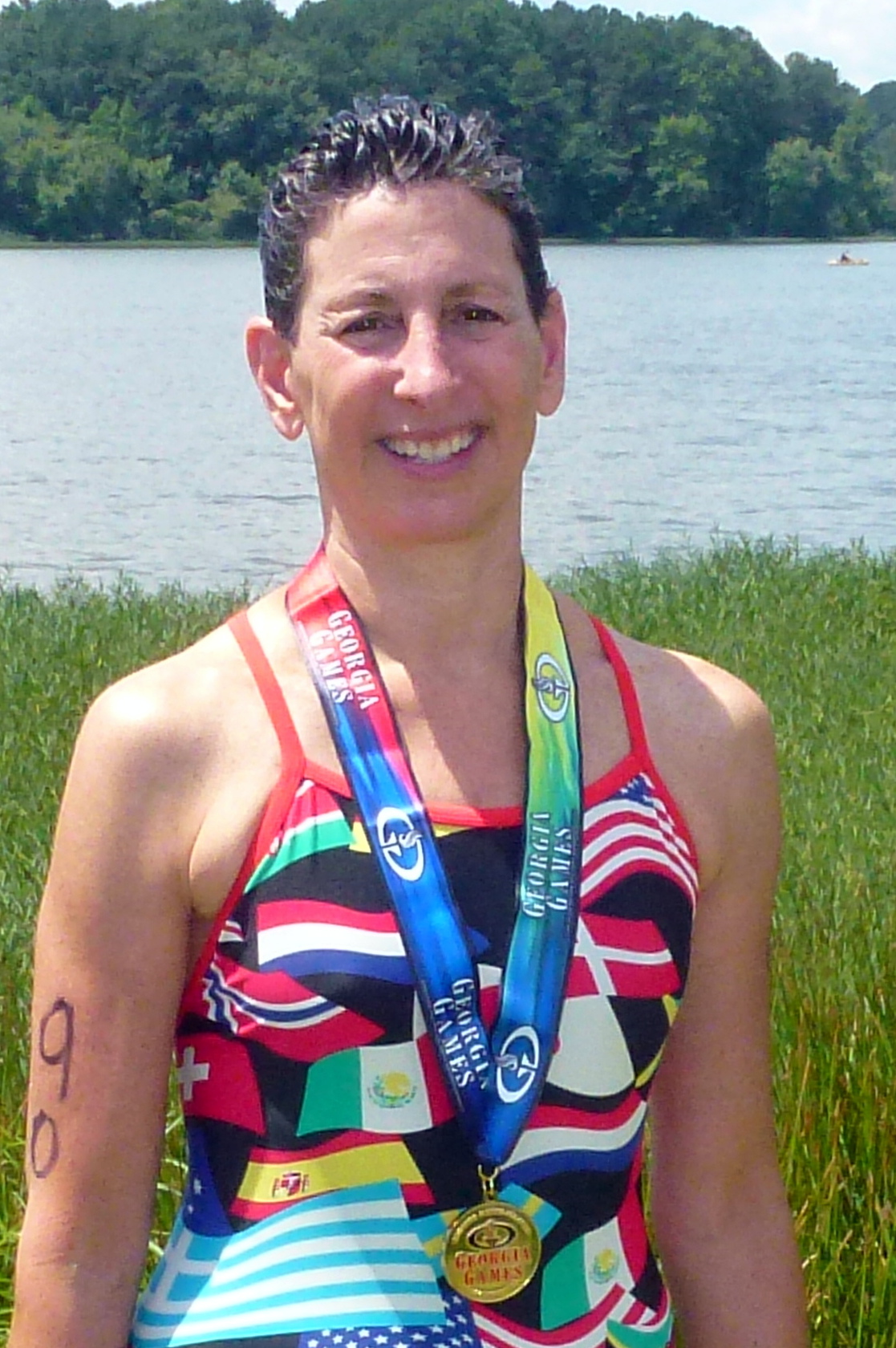After writing two articles for Swimspire , I was asked by Julia Galan to continue with my “Solo Swimmer” theme and write a series of articles for her website. The following article was recently published, and appears here:
Whether you swim with a team or solo, all of us swimmers have had our issues staying motivated at one time or another. Being a solo swimmer can make it even more difficult if there isn’t anyone around to encourage you. Self-motivation is the key to happiness and success when going it alone as a swimmer, so read on for tips on how to stay fired up to keep on swimmin’!

Why do you swim?
First, it’s important to answer this basic question: Why do you swim? It’s very difficult to stay motivated to do anything you don’t really want to do. Are you swimming just because your doctor told you to swim for health reasons? Is it because you love running and cycling, but you have to swim to compete in triathlons (your latest New Year’s resolution)? Or, do you love the way swimming makes you feel, both mentally and physically? Maybe it’s because you swam as a kid, and you want to do it as an adult on your terms, rather than having a coach constantly barking orders at you. Hey, maybe it’s even for several of these reasons.
The bottom line is this: If you know why you swim, it will help keep you motivated to get wet.
Embrace habits that make you happy
Are you a morning person or a night owl? What time of day are you more likely to make swimming a habit? Work, family, and other commitments will dictate your available time slot for swim workouts; but, if you have a choice, swim at a time you are most likely to stick with on a regular basis. This is one of the advantages of being a solo swimmer – we have more control over our swim schedules than team or workout group swimmers do.
For me, I find it easiest to stick with a routine of swimming first thing in the morning. I’m not necessarily an early riser, but swimming is my first appointment of the day. Nothing else gets scheduled on any day until the afternoon, whether it’s helping my husband with his part-time business, doing volunteer work, scheduling appointments, or running errands. My friends also know I don’t check e-mail or make phone calls until after I return from the pool. Besides, I don’t function optimally until after a workout, so it’s just as well! I’m a much happier person during and after a swim!
Set flexible goals
By now, you have probably heard and read plenty about the benefits and how-to’s of setting goals; but I’ve learned a few things about my personal goal-setting that puts a different spin on the well-known S.M.A.R.T method of setting goals (Specific. Measurable. Achievable/Attainable. Realistic. Time-bound. There are variations on this acronym, but you get the picture.)
I add an “F” to my acronym. S.M.A.R.T.F. isn’t a word, I know, but the “F” is the most important part of my goal-setting: FLEXIBLE.
Until I added “flexible” to the equation, nothing took a hit to my self-motivation more than the constant frustration of failing to achieve my specific, measurable, achievable, realistic, and time-bound goals!
Case in point: After nailing U.S. Masters Swimming National Qualifying Times (NQT’s) in the 50 Yard Breaststroke at a September of 2010 meet, I thought a S.M.A.R.T. goal would be to aim to achieve NQT’s every year. Congenital physical issues led to a series of repetitive stress injuries (mostly non-swimming related), though; so, my goals were constantly derailed. Ultimately, I had hip surgery in late 2014, resulting in a multi-year succession of failed S.M.A.R.T. goals. Can you say, “FRUSTRATION”?
The moral of the story? Write your goals in PENCIL! Being flexible will help you stay motivated. If a road-block conspires to keep you from achieving your specific goal, reassess your situation, shift gears; and, start the S.M.A.R.T. process over again.
Although my hip injury prevented me from making NQT’s, I still wanted to compete at a swim meet that took place just a few days before my hip surgery. I was unable to kick breaststroke (or kick much of any other stroke for that matter), so I needed to reassess my situation. Rather than miss competing at one of my favorite meets of the year, I got my surgeons approval to compete, and then asked him to write a medical excuse to the chief official explaining I couldn’t kick breaststroke. My breaststroke races were swum instead with an in-pool start, breaststroke pulls, and no pull-outs, while my legs flopped behind like an injured frog. The 400 Freestyle was swum without a block start or kicking, and no hard pushes off the walls at each turn. My race times suffered tremendously, but I still won the points I needed to achieve one of my other goals of winning the Georgia Grand Prix Series for my age group. Had I not raced that day, I would have failed at a goal that took the entire year (and several meets) to achieve; and, I would have missed out on a trophy that I now enjoy as a symbol of my perseverance.
Set long-term and short-term goals
What do you hope to gain from swimming? For me it provides so many physical, mental, and social benefits that my long-term goal is a no-brainer: I want to be able to swim and compete for the rest of my life. In order to be able to achieve that goal, I need to stay healthy and avoid injuries that force me out of the water. Working backwards from there, that long-term goal dictates how I set all of my short-term swimming goals. I may have a goal to make NQT’s in breaststroke; but, if my hip starts feeling the effects of my training schedule, I need to reassess, switch gears, and adjust my goals until I’m ready to ramp up again.
Often, my workout goal (a very short-term goal) changes multiple times in a single workout. I may go to the pool on “Fast Friday” with the goal of conquering a USRPT (Ultra Short Race Pace Training) set of breaststroke, but if my hip is fatigued or sore, swimming multiple race-pace 50’s of full breaststroke is out of the question. Out goes the kick, and I swim it as breaststroke pulls instead to avoid injury. Then, the remainder of my workout gets adjusted accordingly, depending on how my body feels.
What is your long-term goal? Keep it in mind as you work backwards and break it down into shorter segments; and, remember that flexibility is key!
Variety is the spice of life!
Are you having a difficult time staying motivated because you are bored or burned out with your current swimming routine? Adding variety will help keep things fun and challenging—keys to staying self-motivated.
If you are a lap swimmer who only swims freestyle to stay fit, but you get bored staring at the black line on the bottom of the pool as you swim lap after lap, consider learning another stroke. In addition to taking adult swim lessons or hiring a coach by the hour to teach you, there are plenty of free resources available to teach yourself backstroke, breaststroke, or even butterfly. My favorite videos are at http://www.GoSwim.TV (you can subscribe for free), but there are also many other good ones on YouTube.
How about entering a competition? Although I highly recommend joining U.S. Masters Swimming for their numerous motivating resources (and to be able to compete at USMS swim meets), there are other options available. YMCA has excellent swim programs and competitions, or you could check with your local recreation department. Another option is to compete in your state’s annual pool or open water swim meet that is open to all ages (stategamesofamerica.com). If you are 50+ years of age, check out your state’s Senior Olympicsprogram. None of these organizations require you to be an expert swimmer, and you will find competitors of all skill levels and ages at these meets.
Having a competitive event to look forward to will keep you motivated to train and give you a built-in goal to shoot for.
On the flip side, if you are a burned out competitive swimmer, how about changing it up a bit to fire up your motivation? If you are a stroke specialist, give yourself permission to take a year (or season) off from your best stroke and focus on a different one. Can’t decide which stroke? Train for the individual medley, and you will get to add three other strokes to your specialty! This give you plenty of training options and adds a lot of variety to your training.
Are you a sprinter? Try long distance events, and add an open water race into your meet line-up for the year. If you are an open water swimmer, see what it’s like to race between the lane lines and add a flip turn to your freestyle.
Perhaps your motivation has reached such a low point that you don’t even want to get out of bed to swim. If that happens, just think about how good it feels after a workout. You’re energized and feel a sense of satisfaction afterwards, right? If you skip your workout, you will deprive yourself of those great, healthy feelings! Get up and just go swim for ten minutes. If after that time your motivation still hasn’t kicked in, try doing something fun. Join the water walkers at the shallow end and socialize with them as you walk laps in the pool, go for a walk on the beach or bodysurf (if you’re at the ocean), or get out on deck and do some yoga. ANY exercise will feel better than NO exercise; and, perhaps you will regain your motivation to swim a few laps. If not, don’t beat yourself up; tomorrow is always another day!
Remember, as a solo swimmer, you have complete control over what, where, when, and how you train and swim! Just never take your eye off your long-term goal and forget the “why”, because “why” you swim is what will keep you motivated to take the plunge, time after time.
Elaine Krugman is a U.S. Masters Swimmer (55-59 age group) and writes articles for the Georgia Masters Newsletter. She also writes a blog about three of her passions: travel, swimming, and chocolate; and, she’s happiest when the three intersect! Check out Elaine’s blog here!




























































































